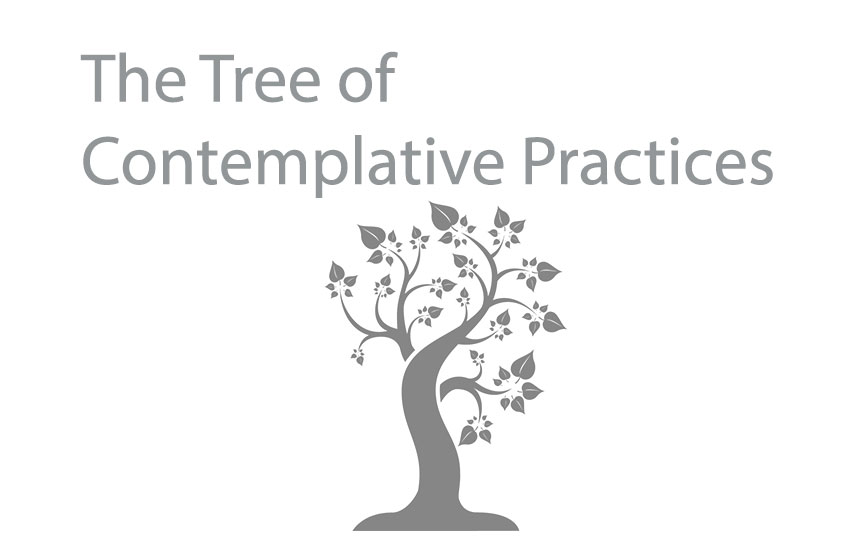“Contemplative practice has the potential to bring different aspects of one’s self into focus, to help develop personal goodness and compassion, and to awaken an awareness of the interconnectedness of all life. They have helped people develop greater empathy and communication skills, improve focus and concentration, reduce stress, and enhance creativity. Over time, these practices cultivate insight, inspiration, and a loving and compassionate approach to life. They are practical, radical, and transformative. The concept of contemplative practice is as old as the world’s religions. Every major religious tradition includes forms of contemplative practice, such as prayer, meditation, and silent time in nature. Many practices remain rooted in their religions, and others have grown in secular settings.”

Research
In May 1999, Contemplative Mind board member Rob Lehman had an idea that the Center should perform a qualitative research study to uncover the ways in which contemplative practices are being employed in mainstream American society. When Rob shared his idea with the Board, it was clear that such a project would help to clarify the next stage of the Center’s work. The Board recognised that the Center should have two primary objectives: to continue the existing work in its own program areas as well as acknowledge and support work “in the field”, performed by other individuals and organisations using contemplative practices in contemporary culture. A research study such as Rob proposed would be a great way to build the Center’s capacity to support this emerging movement.
A consultant refined the vision and scope of the proposed project. In addition, a Board subcommittee was formed to work with the consultant and the Center’s staff. Grant support was secured from the Fetzer Institute and the Ford Foundation. The first phase of the project began in Fall 2001.
The emphasis has been on “Naming the Phenomenon” – identifying people who are key figures in bringing contemplative practice into society and the practices they use. People who incorporate contemplative practice into their work were interviewed and inspiring stories of transformation were gathered. This also provided opportunities for organisations involved in the study to network with each other at two events, a Social Justice Gathering in Essex, Massachusetts, in January 2003, and a Digital Storytelling Workshop at the Fetzer Institute, Kalamazoo, Michigan, September 2002.
The Tree
The Tree illustrates some of the contemplative practices that have been developed over the past few thousand years. This is not intended to be a comprehensive list; the practices listed on the Tree are drawn from those mentioned by survey respondents during the 2001-04 research project.
A tree is an organic, living being. Its trunk, branches, and leaves form an eco-system that embodies interconnection. The branches are not any more or less important than the trunk, but all branches come from the trunk and the roots. In the same way, there are two factors forming the root of all contemplative practices: cultivating awareness and developing a stronger connection to one’s inner wisdom and/or the divine/God.
This root encompasses and transcends differences in the religious traditions from which the practices originate and allows room for new practices that are being created in secular contexts.
The branches of the tree represent the different groupings of practices. As organising principles, the Center used both the primary mode of practice used and the quality intended for cultivation. For example, Stillness Practices focus on quieting the mind and body in order to develop stillness and stability. Generative Practices come in many different forms (ie prayers, visualizations, chanting) but share the common intent of generating feelings of devotion and compassion.
For more information on the Practice, please visit http://www.contemplativemind.org


















 Other
Other